SW1X DAC I Special – Dynamic Overload Step One
SW1X is a company that’s not well known right now, but it ought to be, after I’m done with this review, because it costs a LOT of money, all while having a very specific usage scenario, but doing what it does really well.Given its price of about 2400 GBP, it has to be compared to the best DACs out there, like the Mytek Brooklyn DAC+, M2Tech Young MK III, and even something also crazy expensive, like the DX220 MAX from iBasso, but for the sake of having a comparison point that’s already been written about, I’ll go with DX220 the usual, and add a few words about the MAX as well. The pairing list will include DAC I + Audio-GD Master 19 driving HIFIMAN Arya, DAC I + Feliks Euforia driving Rosson RAD-0 and DACI + Wells Milo driving Kennerton Thror (Also LSA-HP1).
Introduction
SW1X is a boutique company, led by Slawa. The name of the company should always be pronounced Es One Ex, not the way I did in my youtube video. Every DAC is made to order, and made the way the customer wants, and the tech is also unsettlingly good, with Valve Tube for the DAC stage, and also for the power stage on the special editions, at least as far as it is described. The number of versions and levels can be confusing, but I’ll be explaining what each of them and what each of them does in the build quality part of this review. Slawa is quite reliable, talkative, and will update you on the progress of construction of your DAC, and also give you all the info you may need about the DAC itself.
It should be noted that I have absolutely no affiliation with SW1X. I’d like to thank Topping for providing the sample for this review. This review reflects my personal experience with SW1X DAC I Special. Every opinion expressed is mine and I stand by it, the purpose of this review is to help those interested in SW1X DAC I Special find their next music companion.
The package of the DAC I is probably the worst I’ve seen ever, as I hardly could take a picture of it. Just a really large box with lots of stuffing, with the DAC inside. There’s no reason or rhyme to it, it doesn’t have a special package, no accessories included, no remote, nothing. Just the DAC.
At this price level, it would be expected to have your own power supply, and most of the information is available online or directly from Slawa, so it makes sense that the package is barebones. If anything, the package protects the DAC really well.
Technical Specifications
Dimensions: Height (mm) 130 x Width (mm) 335 x Depth (mm) 400
Weight (kg): 10.3
Max Power Consumption (W): 15
Output Noise, Unweighted (mVrms): < 0.5
Output Impedance (k Ohms): <1
Tube Compliment: 1 x 6N6P, 1 x 6X5GT
Build Quality/Aesthetics/Functionality
Before I talk about the DAC and the tech inside, I want to mention that on the outside it has a glass front, metallic cage, is kinda heavy and not well balanced, the power supply weighting in way more on the left side of the DAC. There’s an RCA input, an RCA output, and a SPDIF input. And a LED at the front.
This is it. Everything else is inside. There’s no remote, no volume, no input selector, just a very simple functional DAC. This may be bad for some people, as it is a bit boring, but if you have a large speaker system, it is the best you can get, a simple DAC component made with the best components.
And here we talk a bit about those components. There’s a tube literally everywhere with this DAC. To be more precise, there are 2 tubes, one for signal amplification, and there’s another tube which helps with the high voltage power supply rectification. SW1X DACs are not Delta-Sigma, but it is an R2R design. There are way more R2R DACs to come for review on this very website, but DAC1 Special is truly interesting, it is the first to demonstrate the tech, and R2R tech is pretty much the musical, juicy dynamic implementation. Delta Sigma tends to look a bit better on paper, but most people who heard a good R2R DAC can usually testify that it sounds better.
The downside of using R2R is that it tends to cost more, and it is an older tech, but most people arguing against it are either those who haven’t heard it, or those who think that newer is better. Most Delta Sigma DACs cost just a few USD a piece to purchase in bulk and were designed to save on production cost, and as the tech improved over the years and as transistors got smaller and cheaper, most companies preferred to implement the cheaper option which also looked much better on paper.
The tech inside the DAC 1 Special is matched so that it sounds good, Slawa will have a careful listen to the system before he sends it your way, and he can take as much time as it is necessary, sometimes a few extra days, to get the best components for the best sound. This is quite different from mass-produced DACs, as you can ask for a bit of fine tuning, and on the website it is explained that you can configure the DAC in many ways. The DAC used is the TDA 1543, which seems to be the the DAC best regarded by SW1X in general, while the receiver chip for the SPDIF signal is CS8414.
A very specific feature is the Active I/V conversion, also called the I/U conversion, which is basically having a more active circuit for the current to voltage conversion. The main advantage when using an active system is that you can have a much better dynamic, much better overall musicality, and all of those at low volumes, or high dynamic ranges, like those found in classical music, or well recorded music. Component matching is once again a key word, as the DAC employed, the TDA 1543 really takes advantage of the Active I/U conversion, and it can sound quite limited if using a passive I/U conversion.
The key is that the entire DAC is built around the R2R DAC chip to implement it as well as possible and to basically squeeze as much performance from it as it is possible.
The rest of the tech is also centered around losing as little dynamic and detail as possible, all while avoiding any impedance mismatches between circuit components. All in all, the tech inside is quite intriguing, but as always, the big question is “How does it sound?”
Video Review
https://www.youtube.com/watch?v=wTsT6h1SZio
Sound Quality
We are talking about a single-case scenario usage here, no volume control, no digital filtering, pretty much what I describe here is what most people will achieve and hear through the DAC I Special Edition. It should be noted that for it to get truly “In Shape”, it takes about one hour of warming up. It tends to sound better and better the more you listen, although at one hour it seems to reach a plateau of sonic performance. It is important to also note that since it relies quite a bit on tube tech, leaving it running 24/7 means that you’re going to need to replace the tubes, so please take that into account when going for the DAC I.
The sound can generally be described as extremely dynamic and vivid, with a very nuanced presentation. The overall tonal balance is neutral, with a very slight emphasis on the sub-lows and the upper treble, being considerably more airy and having a very articulate presentation in every musical note. The musicality is out of this world in every way possible, especially when we consider that it competes in the price with something like the Mytek Brooklyn DAC+, which although is very dynamic and musical by itself, has a wider yet flatter midrange (in terms of depth)
The bass of the DAC I Special goes pretty low, it has an enormous amount of substance and impact, especially in the sub bass. This is interesting to hear on full sized speakers, where it has the best performance, but it also has a uniquely good speed. It manages to stay out of coloring the midrange, although the upper bass and the lower midrange are ever so slightly elevated above the baseline neutral level, giving it a bit of extra body to musical notes, working well for both rock, and classical music, as it never sounds thin or lifeless.
The midrange is vivid, colorful and dynamic. There’s plenty of life to go around, and each musical note is presented with good nuance, and although the treble has great sparkle, and the bass excellent depth, the midrange is the best part, as it has a musical character that simply dazzles the listener for hours. The best part about the midrange is that you have a great resolution, exceptional textures and details, all while never sounding sharp or hard, as it happens sometimes with very revealing Delta-Sigma DACs that can present every texture out there, but which can sometimes lack the musicality and naturalness of a proper R2R design. A good example is Aune S6 PRO which can sound a bit wider and more holographic than the DAC I Special, but DAC I Special is simply far more natural and organic, the textures sound real, instead of sounding digital, you have a much easier time believing that you’re sitting in a live performance, especially if it is being paired with the right amplifier and headphones / speakers.
The treble is a unique case, because from an R2R design, and especially since everyone has been calling those “old”, I was concerned that it may sound too smooth or be too relaxed to be fun, but in the end the DAC I Special sounds sparkly, engaging and fun all the way to the last octave, in the 2400 GBP price tag it has, presenting music in a way that no other DAC ever did until this point. There’s a good width but also depth to the stage, and the best part is that it never runs out of energy to impress the listener, the sound, despite its lively presentation, never gets fatiguing nor unnatural, it simply sounds real.
Comparisons
I tired matching the comparisons part of this review with similarly priced products, so the main challengers are Mytek Brooklyn DAC+, the M2Tech Young MK III, and the DX220 from iBasso DAP, as it has some of the best Delta-Sigma Chips I’ve heard to date. The prices of those are slightly different from that of the DAC I Special, but I’m happy to report that each fight was very honest and it proved what the DAC I Special does best.
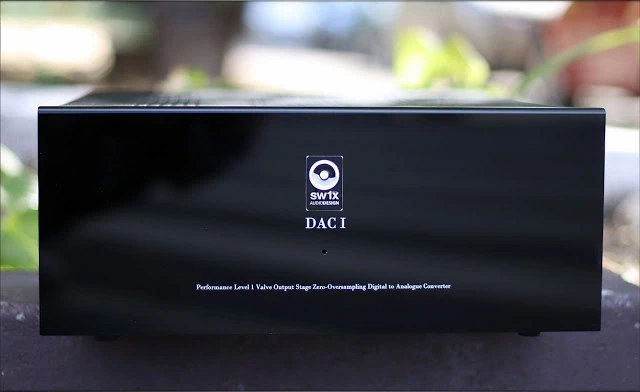
SW1X DAC I Special vs Mytek Brooklyn DAC+ (2400 USD vs 2200 USD) – Starting with the first comparison, the DAC+ from Mytek is a digital traditional DAC, but it has a special part, as it has a display, which is OLED, it has a remote, it can drive headphones, having one of the best headphone amplifiers I heard to date, it has an excellent versatility, having a great number of inputs and outputs, it has a software, and if you need a great device, it is much better than the DAC I in terms of what it can do and how it can be used. DAC I starts to gain ground and even manages to outdo the DAC+ when you press play on both and start to listen, because while DAC+ is extremely versatile, DAC I Special sounds much more natural, has a more musical midrange, has a more natural bass with better sub-bass extension, and it provides one of the best depths in the soundstage. DAC+ can be a bit wider, but the midrange can sound quite digital when you compare it with the smoother, organic mids of the DAC I Special, despite the DAC+ having the warmer signature, trying to emulate the type of sound that DAC I Special does naturally.
SW1X DAC I Special vs M2Tech Young MK III (2400 USD vs 1500 USD) – M2 Tech Young MK III is quite a long name, but Italy has a tradition in designing and bringing to us some of the best tech in audio we’ve seen and heard, and there’s more from Italian producers that I’m working on reviewing so keep your ears open to the fun that’s to be hard on Audiophile-Heaven. Needless to say, Young is a very edgy sounding DAC, which is quite bright, has a bit of a digital glare, which I also talk a bit about in the review about it, and it tends to have a far less organic and musical midrange compared to DAC I. It is a bit more versatile, but nowhere near the DAC+ from Mytek, and if you want the best sonic performance, it is easy to recommend DAC O for a more musical midrange, a clearer overall sound, much better dynamics and a more punchy sound.
SW1X DAC I Special vs iBasso DX220 (2400 USD vs 700 USD) – DX220 is a versatile DAP, and has a great DAC chip, if not pretty much the TOTL or Top-Of-The-Line from ESS’s offerings right now. In fact, the best part is that when you compare DX220 to the DX220 MAX version, if using both with external amplifiers, you can notice how much a DAC can improve if implemented on a more solid board, and this is why I decided to include it in the comparison list. The amount of raw energy and impact that DX220 has, is simply outstanding. When you look at its size, you think that it can’t do it, but it does it right in front of your eyes. DX220 MAX, the large one, takes that even further, with even more impact and better dynamics, more detail and a better stage. The DAC I is pretty much an evolution process, with more balance, more dynamics, a much better midrange with more musicality, but you need to keep in mind that this is a gradual increase, from 700 USD to 2400 USD, the price increase is quite large, but the increase in sonic performance is usually gradual, and it diminishes in the high-end, so if you go from DX220 to DAC I experiencing a much better experience, you will get it, if you were already into audio a lot, while if you’re the type who wants to relax to an easy device, and you have a pair of great headphones, something mini, and versatile like DX220 is much better, and you may not even care enough about the slight increase in quality, you’re always 95% of the way there after you pass the ~700 USD threshold.
Pairing
The pairing that will appear are complex, and I tried to pursue the most complicated scenarios that would reveal if DAC I Special has any weaknesses, so the pairing list includes some of the most picky headphones, amplifiers and signatures that exist out there. It had a special pairing with Crosszone CZ-1, but I haven’t found yet a high-end AMP that does them true justice, as I end up using them with less expensive but still excellent AMPs, especially those that are a bit warmer and sweeter, like the JDS Atom.
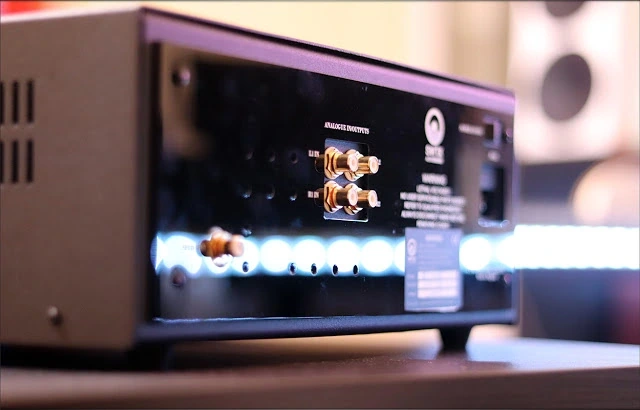
SW1X DAC I Special (2400 USD) + Wells Milo (1600 USD) + Kennerton Thror (3000 USD) – The first pairing is with a pretty magical Amplifier, which has a solid state design, but sounds almost like it is tube, it doesn’t really have a tube so you don’t have to worry that it will eventually burn out or run out of gas, but at the same time it has a lot of impact, clarity, and a smooth, natural midrange. This is paired with Thror, which sounds neutral, light, snappy, and despite the imposing aesthetics, can sound quite musical and works well with classical. I also reviewed the LSA-HP1, which is a headphone similar to Thror, but much cheaper, with an actually better comfort, and this pairing sounds similar with HP1 too. The sound with HP1 and Thror from the DAC I Special, compared to most DACs is magical, the midrange is lively, dynamic, and they have a great depth and layering. There’s also the impressive overall impact and clarity, paired with the deep sub-lows leading to one of the best experiences I’ve heard.
SW1X DAC I Special (2400 USD) + Feliks Euforia (2500 USD) + Rosson RAD-0 (2200 USD) – RAD-0 is a nice child, it is already smooth, organic, but very thicc and they have a beautiful bass. They are easy to drive actually, and Euforia is there pretty much for the wow factor, but when you include something like the DAC I Special, you can see how quickly the sub low speed and impact improve, compared to other pairings, and interestingly, I was expecting this pairing to be a bit less successful, but the airy treble of the Euforia pairs quite well with the smoother top end of the RAD-0, giving them a very lively presentation.
SW1X DAC I Special (2400 USD) + Audio-GD Master 19 (880 USD) + HIFIMAN Arya (1600 USD) – Arya is a nice headphone too, but very wide, atmospheric, with a wide stage that’s also deep, and Master 19 is great because it has more than enough power for them. Not only that, but Master 19 provides a great dynamic range, and punch already, but Arya becomes even better when you have a high-quality DAC feeding the Master 19, it becomes truly amazing. The midrange just pulsates with live and energy, the treble has a nice air and sparkle, and the sub-lows, which were never the imposing type, become authoritative, and even Arya, which is a tad laid back, sounds closer to HE6Se in terms of resolution.
Value and Conclusion
The value of the DAC I Special from SW1X is not so great, compared to everything out there, when it comes to packaging, remote (or lack thereof), the fact that it doesn’t have a variable volume, and the fact that it is a custom made item, so you need to know and listen to one before getting one, to get the best idea of how it sounds, and how it would work in your system.
Despite this, it has a solid build, and a fairly simple one that manages to achieve one thing, which is the sonic experience that’s musical, live, engaging, punchy and dynamic, at the end of the day doing right the one thing it has to do, which is to sound great.
If you want and are willing to get one, don’t worry, you don’t have to get the version that relies only on an SPDIF input, you can always get one with a USB input and connect it to a computer, even use it for gaming, since there are USB-enabled configurations possible to be done by Slawa, but don’t forget that you could go for a more interesting version, like the DAC II or above.
Although it has been this great, this is just the basic experience programme from SW1X, and there’s far more to be heard with them, so one has to ask themselves, how does the flagship from them sound like?
At the end of this review, if you don’t mind the basic shape and build, and if you’re here for the sound, and want to sound what a custom R2R DAC sounds like, if you want to be in the hands of experts, who’ll go to great lengths to give you proper satisfaction and a great product, I totally recommend the DAC I Special from SW1X.
--- Please remember to stay safe, and always have fun while listening to music!---
- If you have a dime to spare, please donate, and help us! It would make the day brighter for me and my wife-
Full Playlist used for this review
We listened to more songs than those named in this playlist, but those are excellent for identifying a sonic signature. I recommend trying most of the songs from this playlist, especially if you’re searching for new music! The playlists are different for Spotify, Tidal and Youtube, and based on the songs I enjoy and are available on each!
https://www.youtube.com/playlist?list=PL_cjBXGmwSHSdGcwuc_bKbBDGHL4QvYBu
https://open.spotify.com/playlist/5J3oloz8Riy9LxEGenOjQ0?si=979ba4f082414be7
https://tidal.com/browse/playlist/330fd544-8e5b-4839-bd35-676b2edbb3d5
--- Contact Us ---
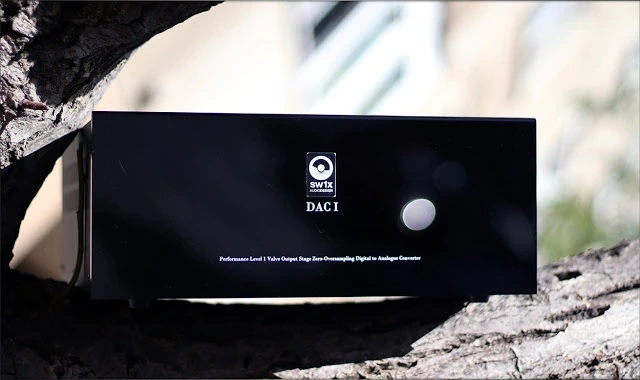
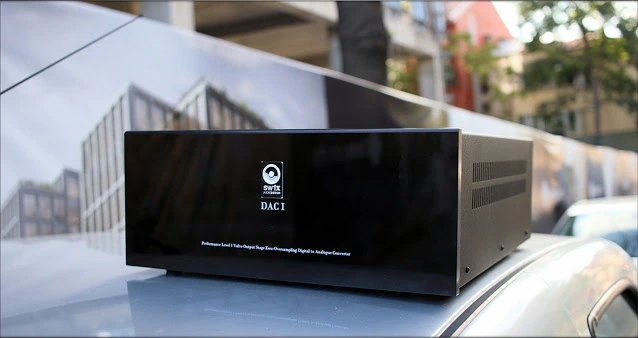
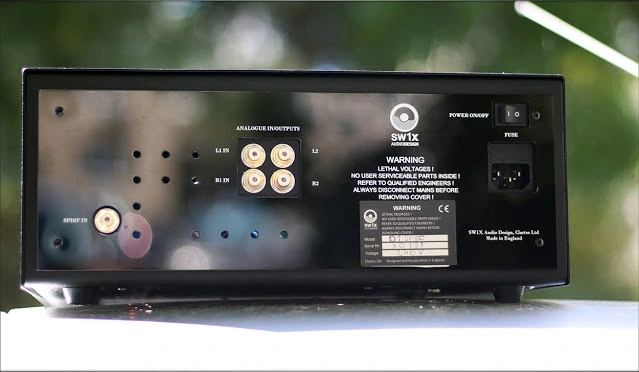
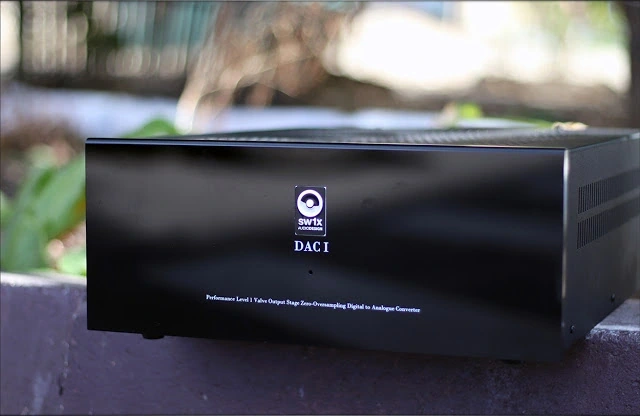
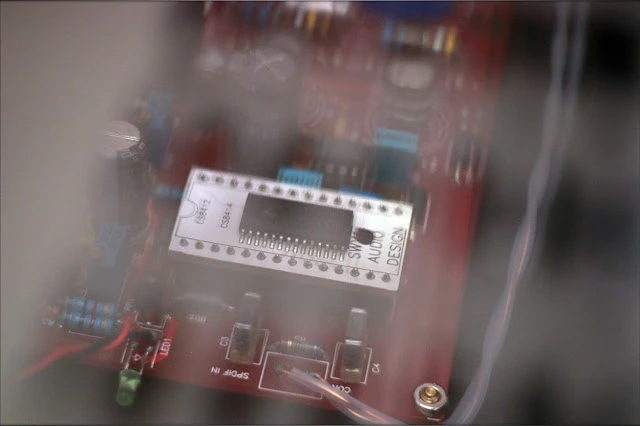
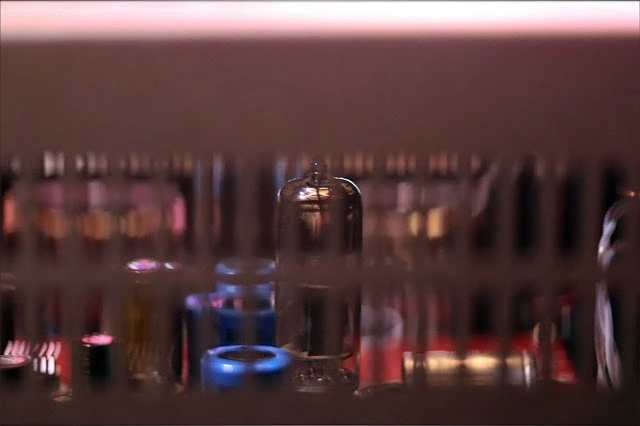
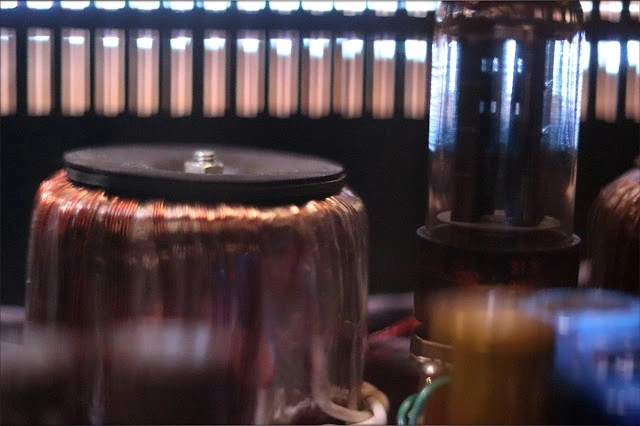
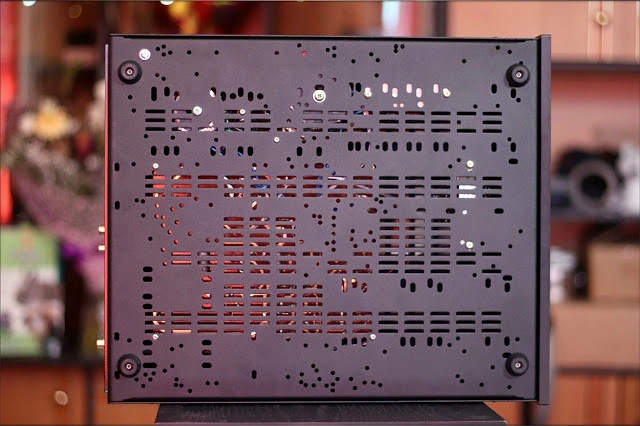
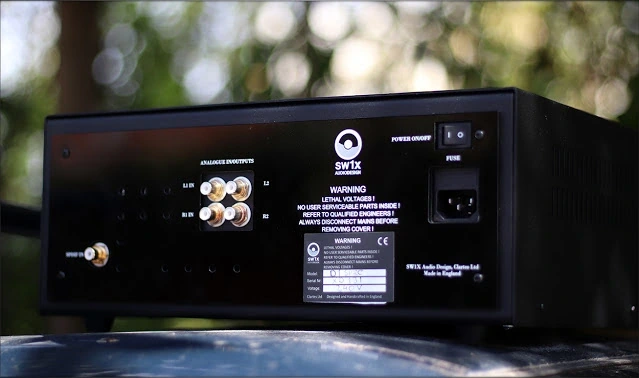
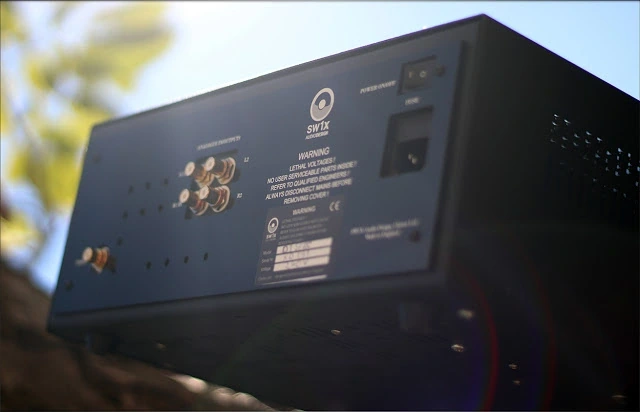
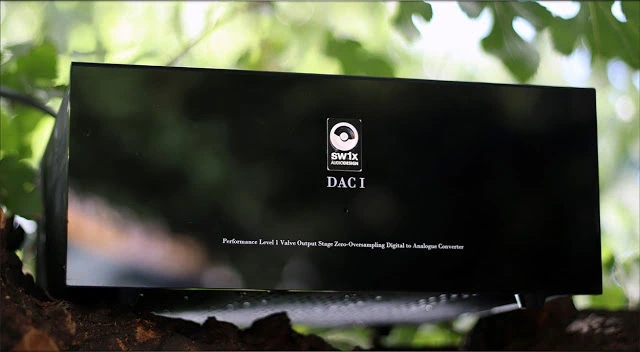
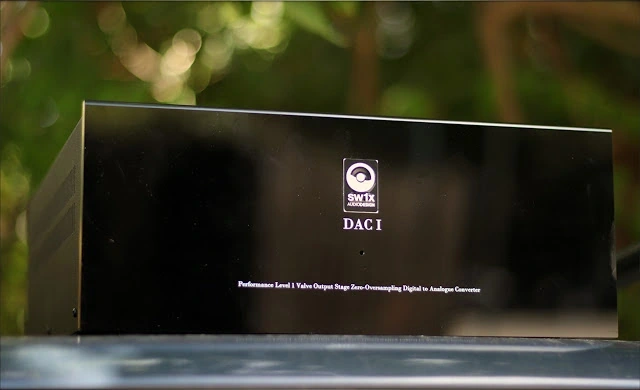
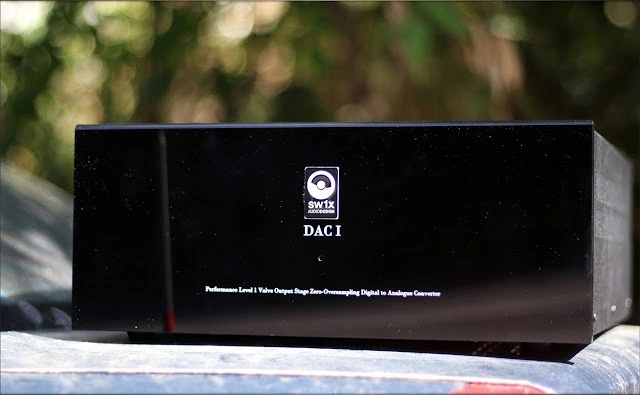






Superb review, George! I decided to order one after reading your review, thank you so much for being a help to us music lovers!
I acctually ordered a DAC from SW1X based on your review, and you’ve been spot on! The package was not impressive at all, but the actual sonic performance is really great! Will keep reading Audiophile-Heaven, and I like your Youtube works too, really good overall quality and fun content.
This is an amazing review on Mr. Slawa’s work! I really hope you’ll be reviewing his other DACs too, George! To be honest, none of the reviews available online isn’t as helpful as yours, and the way you described the sound really helped me understand the sound and overall performance of SW1X DAC I Special. I know he gained at least one extra customer from this review, and I wanted to let you know that it sounds exactly as you described, you really deserve more recognition.
Thanks once again
Has the DAC-1 become your reference DAC? Is it prominently in your system? It will be good to hear future comarisons.
It is a good reference, although I also have the aaDAC from Analog Audio, which is on similar levels with DAC I Special, even better at times. I plan on making as many comparisons as I can with DAC I Special to help people figure where it sits in today's market.